Earlier this year, when spring first started to show, I hauled my old step ladder from the shed for a few maintenance chores in the garden that needed doing above head height. Fix a window on the greenhouse, trim the top of an unruly tree and plunge my hands into the leaf and moss-sodden gutters on the conservatory to allow the rain to flow freely.
Getting a secure footing for a stepladder isn’t easy in my Somerset garden. It slopes in multiple directions and, following a waterlogged winter, the clay soil sets with uneven lumps to the surface. So for those few chores I was mostly wobbling around on the top rung like a drunk on a ferry.
Not long after surviving this high-risk activity and returning it to the shed I received an email from Hendon Tripods – had I ever tried a three-legged ladder and would I want to road-test one of theirs?
Immediately the three legged approach seemed to make sense. It’s well known that the sturdiest stools have three legs, so the same rock-solid rules should apply to a ladder. With four legs, they all need to align perfectly to prevent wobbles, so it’s essential they sit on flat surfaces. Any slight variation in ground height and one of the legs will sit above the surface, meaning you have to wedge something beneath it to prevent it from being off balance and moving. Three-legged ladders sound good.
Hendon Adjustable Tripod ladders come in five sizes ranging from the HPM-180 (167cm high) to the lofty HPM-420 (399cm high). The one I tested was 255cm high (the HPM-240), which was considerably taller than my stepladder and saw me towering above the trees in my garden.
As well as the increased stability three legs bring, with these ladders* all three legs are adjustable, allowing you to raise or lower them before securing in place with a metal pin. Besides being able to get the rungs perfectly horizontal, this also means you can work across split-level areas of the garden. For example, if you have a raised step in front of a building you want to access then you can shorten the front leg to allow for the height differential. Therefore, more areas of your garden can accommodate a ladder, cutting out the need to perilously lean across the less accessible areas.
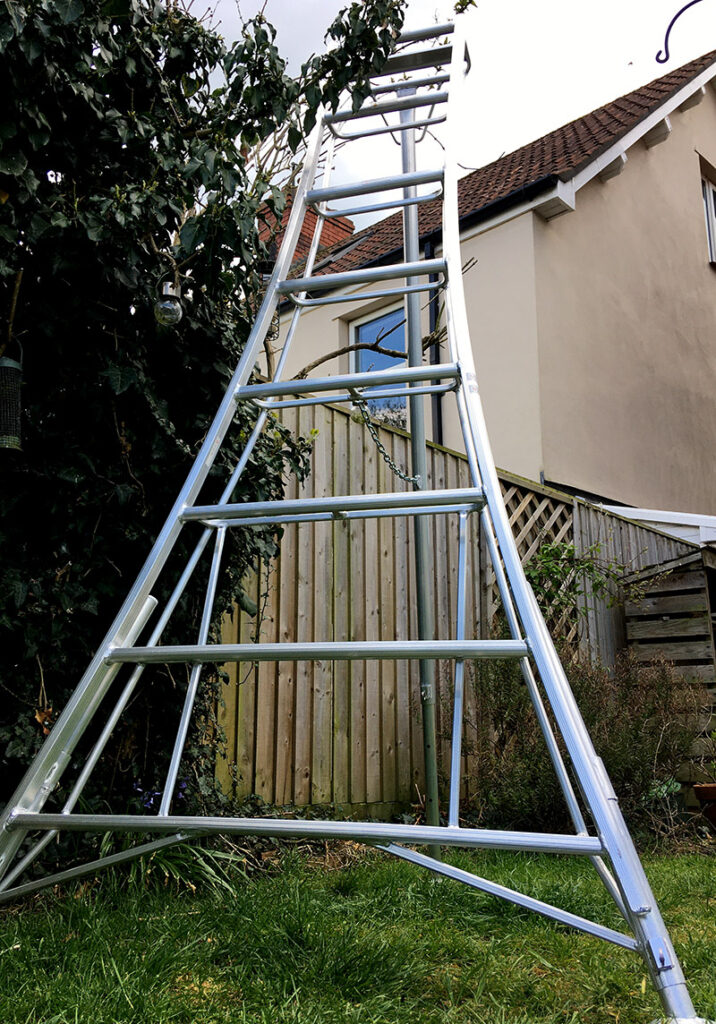
Throughout the test run I was able to entirely eradicate all wobbles, making me feel infinitely more secure than on the stepladder, despite being able to carry out chores from a higher standing point. Although made of lightweight aluminium, there’s a real strength to these ladders. The back legs curve outwards at the base, distributing weight in a much better way than a straight-up-and-down ladder (although this does make them slightly more awkward for storage), while there are plenty of supporting frames to increase strength. You can even slot in special rubber boots to the base of each leg for use on slippery surfaces.
For this test I went over all of the tasks I carried out with the stepladder just a few months earlier. Each chore could now be performed with increased safety and improved access, allowing me to concentrate on the job rather than worry about keeping balance. When it comes to garden ladders, three legs are definitely better than four.
For more information, please visit www.hendonladders.co.uk
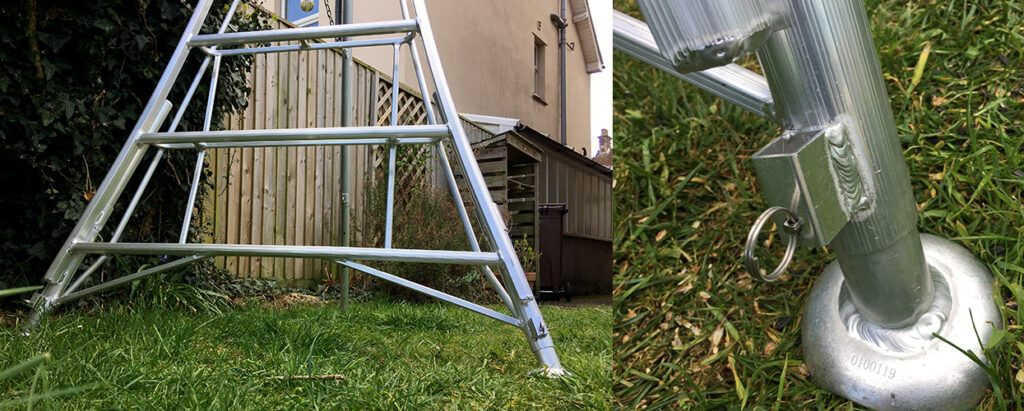
*Smaller ladders with just an adjustable front leg are also available


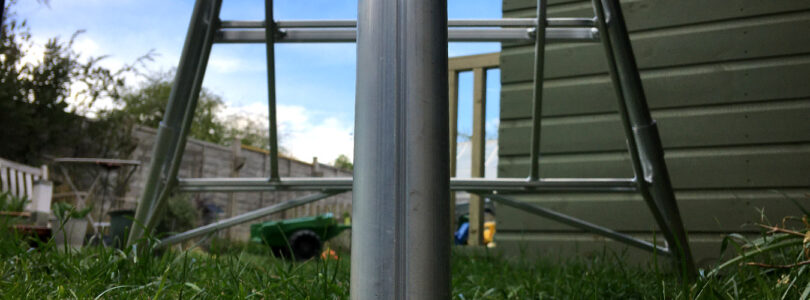
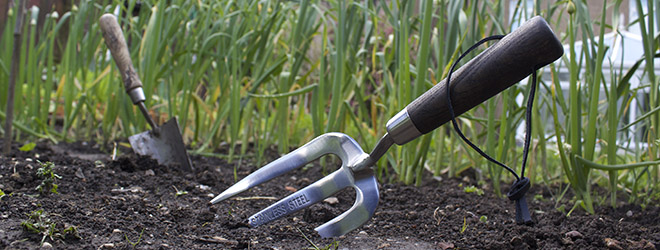
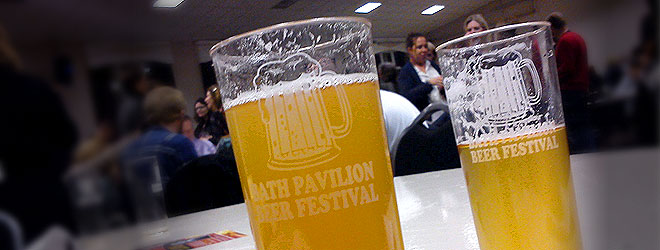
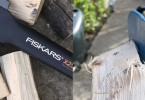

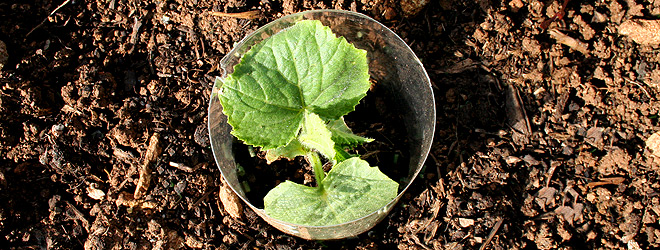
yes 3 legged approach makes a sense, nice post.